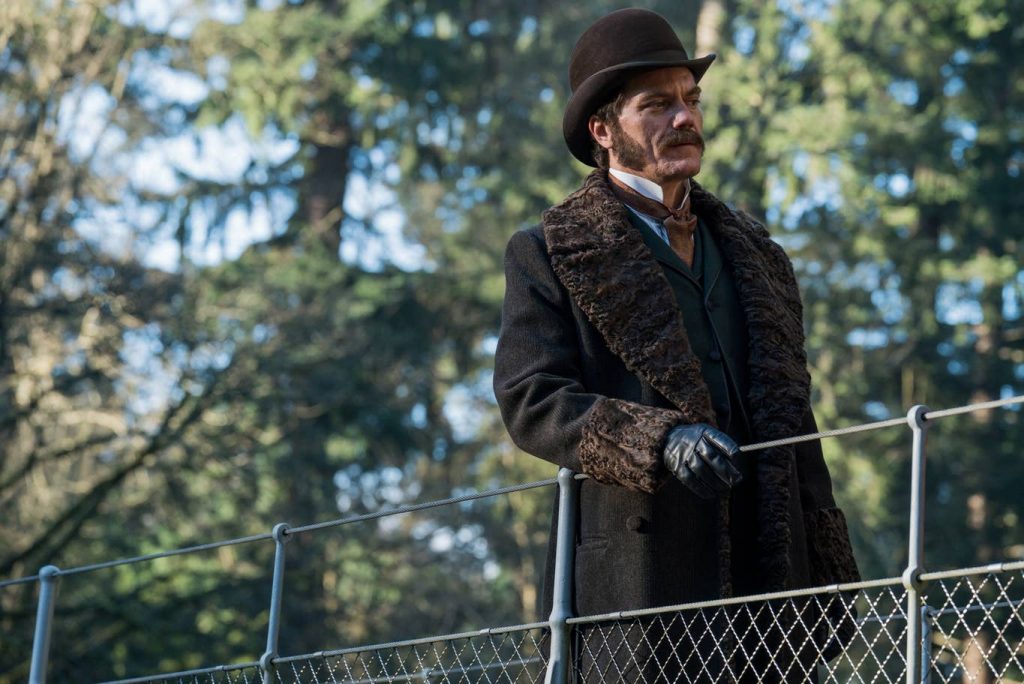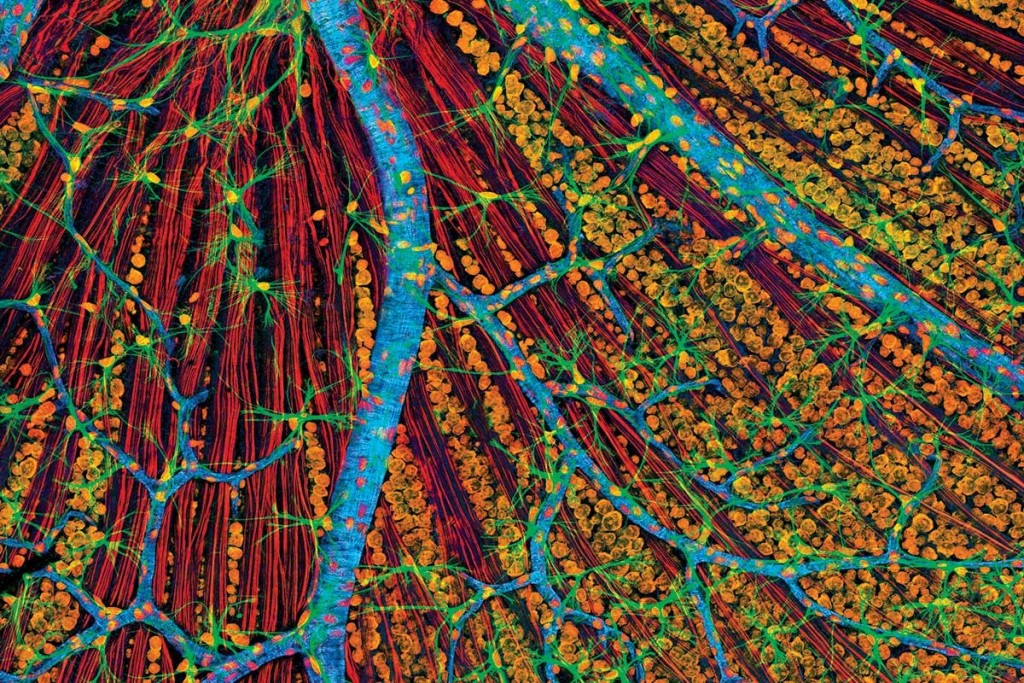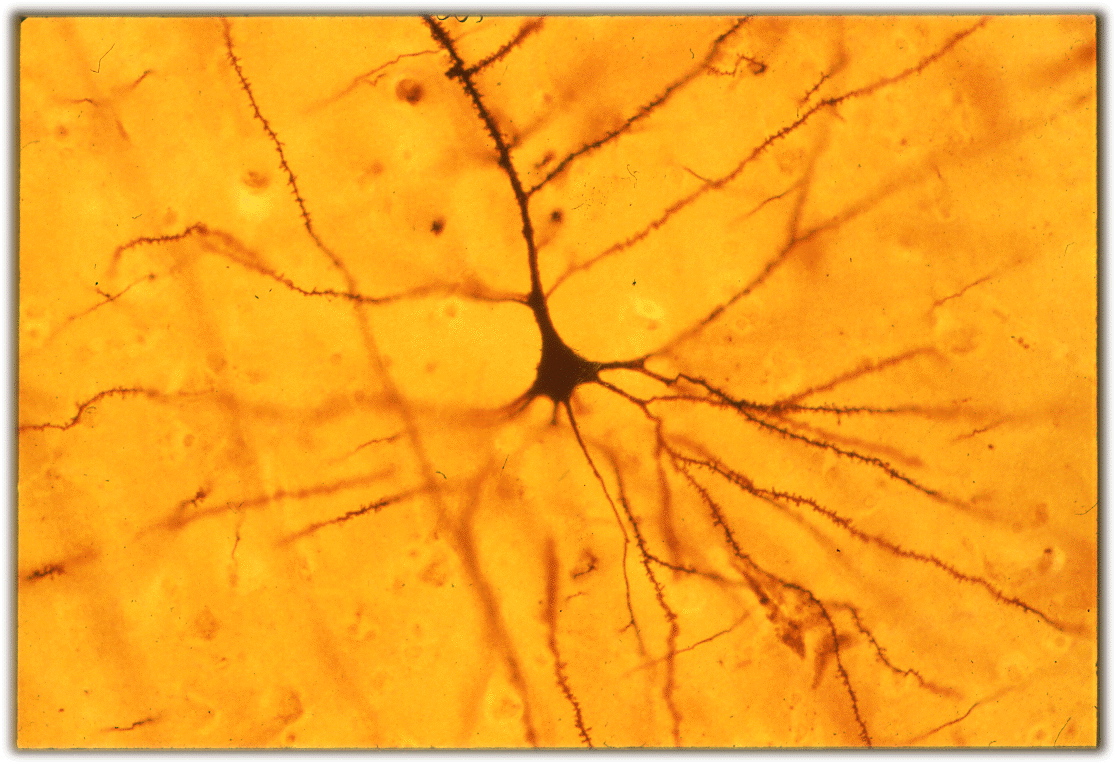
Exploring The Current War for New Scientist, 10 August 2019
Let’s begin by being boorish. Thomas Edison did not invent the light bulb. The German-born precision mechanic Heinrich Goebel demonstrated a practical prototype in 1854.
But of course you can play this game with pretty much any invention. The correct response to such nit-picking is given to Edison himself – inventor of the phonograph, inventor of motion pictures, holder of over 2000 patents – in a new movie, The Current War, which lays out, as surely as any circuit diagram, the battle between Thomas Edison and George Westinghouse to bring electric light to America at the end of the 19th century.
Salt. Fat. Flour. Water. Only when you put all the ingredients together, in the right proportions, using the right method, so people will spend their hard-earned pennies on the stuff, do you get bread. Priority – being the first to file a patent – is not won by dreaming alone. Edison, played by Benedict Cumberbatch, teaches this hard lesson to his personal secretary Samuel Insull, an entertainingly exasperated Tom Holland.
The film itself is the bloodied but unbowed victim of no end of industry trouble. It premiered at the Toronto Film Festival ahead of a scheduled release of November 2017 by the Weinstein Company. But as allegations about Harvey Weinstein gathered and grew in severity, the decision was made to quietly shelve the film for a while.
It doesn’t feel like an old movie, but it does feel like an odd one. Big, bold, none-too-subtle speeches by playwright Michael Mitnick are directed by Alfonso Gomez-Rejon as though they were set pieces by Martin Scorcese, for whom he once worked as a personal assistant.
Inventor George Westinghouse (played by Michael Shannon in a sensitive, understated performance which rather puts Cumberbatch’s familiar schtick to shame) has developed a system of electrification using alternating current. For cost and efficiency, this has Edison’s direct-current system beat. Westinghouse offers Edison a partnership, but Edison behaves like a cad, disparaging Westinghouse’s “lethal” technology and executing dogs, sheep and eleven horses with AC to prove his point. Irony piles on irony as Edison’s demonstrations lead him inevitably towards designing, much against his better ethical judgement, the first electric chair.
In the world outside the cinema, the “war of the currents” is not yet done. DC lost out to AC in the early days of electrification because efficient long-distance transmission required high voltages while the public needed safer, lower voltages. That required transformers, which existed for AC networks, but not for DC.
When it comes to transmitting large amounts of power over long distances, however, high-voltage direct current (HVDC) is way more efficient than conventional AC lines.
The length and capacity of new HVDC projects has risen fast, particularly in China, and calculations suggest that continent-wide HVDC “supergrids” could help smooth out the variable levels of power created by renewable sources.
In 2009 an influential study by Gregor Czish, of Kassel University in Germany, proposed a “super grid” to connect various European countries and bordering regions including North Africa, Kazakhstan, and Turkey, and at a total cost that virtually guarantees cheap green electricity for all.
No one’s heard of Czish, of course, though his insight may give the next generation cheap green energy and a chance to save civilisation from global warming.
It was ever thus: we only remember Nikola Tesla (The Current War’s peculiar third wheel, an AC pioneer and inventor of fluorescent light) because David Bowie played him in Christopher Nolan’s magical puzzler The Prestige.
Priority is a twisty business, and fame is twistier still. Westinghouse so despised the whole business he burned his papers, ensuring that his deeds alone would outlast him. “If you want to be remembered,” he says in the film, “it’s simple: shoot a president. But if you prefer to have what I call a legacy, you leave the world a better place than you found it.”



